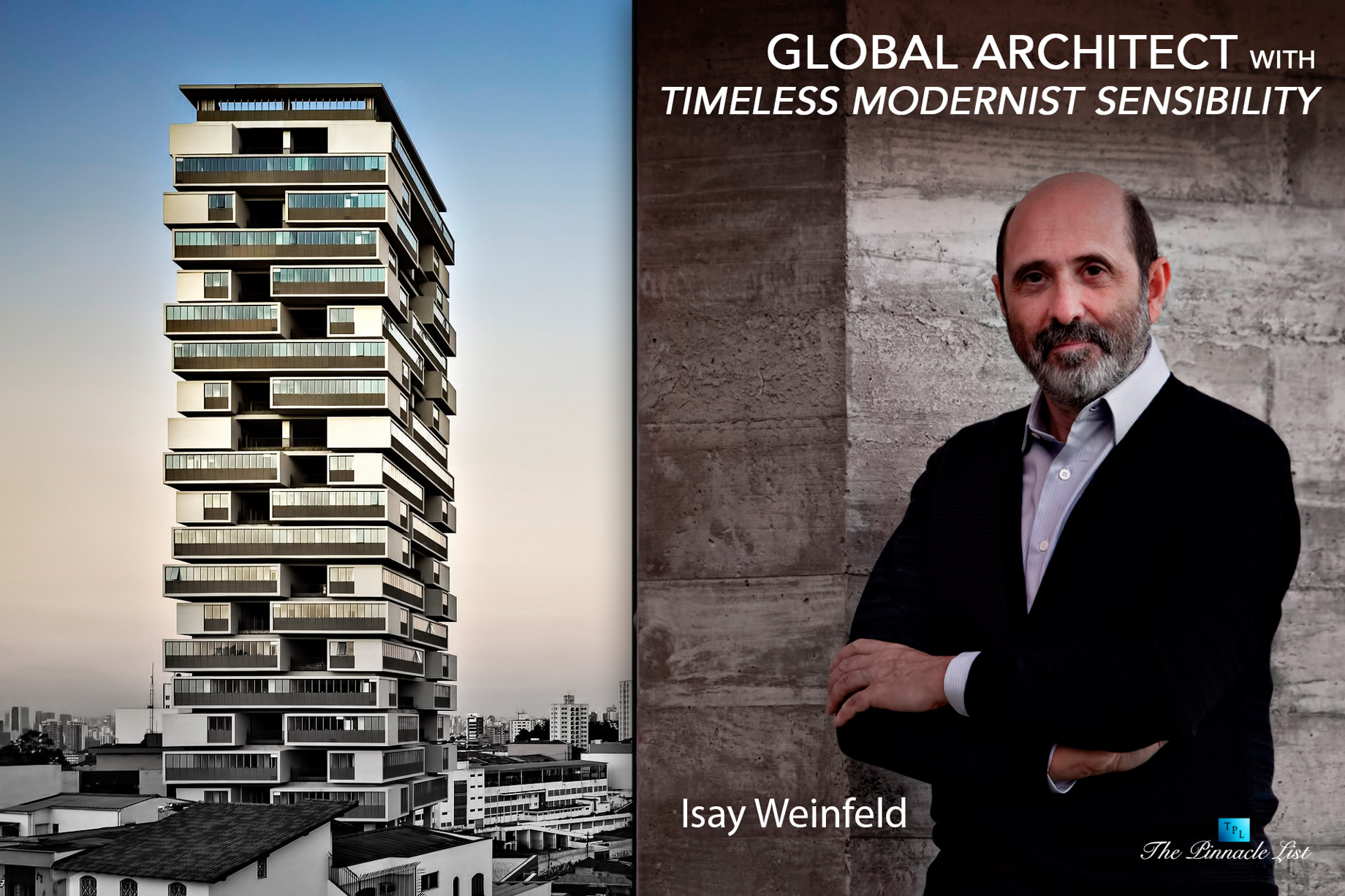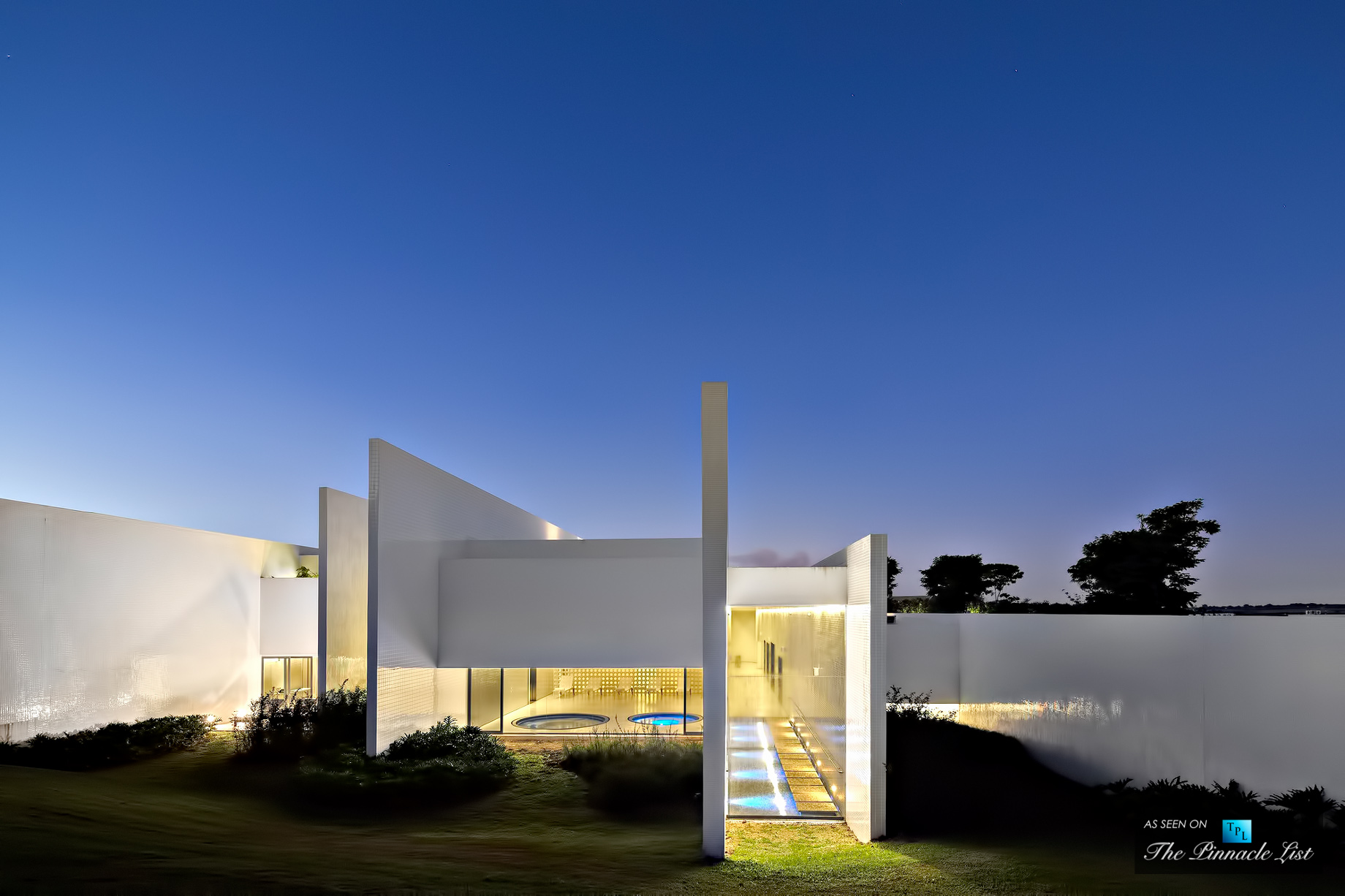NEW INFO | Discussing the latest information from various media and various fields
Yusuf Dikeç: Renowned Architect And Modernist Master
Yusuf Dikeç: A Pioneer of Modern Turkish Architecture
Editor's Note: Yusuf Dikeç's impact on Turkish architecture is undeniable. His legacy continues to inspire architects and designers today.
Yusuf Dikeç was a renowned Turkish architect and modernist master who played a pivotal role in shaping the architectural landscape of Turkey. Born in Istanbul in 1906, Dikeç studied architecture at the Istanbul Academy of Fine Arts. He was an early adopter of modernist principles, which he brought back to Turkey after studying in Europe.

Isay Weinfeld – A Global Architect with Timeless Modernist Sensibility - Source www.thepinnaclelist.com
Dikeç's architecture is characterized by its clean lines, simple forms, and use of natural materials. He believed that architecture should be functional and responsive to the needs of the user. Dikeç's work had a profound influence on Turkish architecture and helped to establish modernism as the dominant architectural style in the country.
Some of Dikeç's most notable works include the Atatürk Library in Ankara, the Turkish Embassy in Washington, D.C., and the Istanbul Hilton Hotel. These buildings are all iconic examples of modernist architecture and have helped to shape the way we think about architecture today.
Yusuf Dikeç was a true pioneer of modern Turkish architecture. His work continues to inspire architects and designers around the world.
FAQs about Yusuf Dikeç: Renowned Architect and Modernist Master
Below are some frequently asked questions about Yusuf Dikeç, the renowned architect and modernist master. This FAQ section aims to address common concerns or misconceptions and provide informative answers to enhance your understanding of his work and legacy.

Yusuf The Terminator | Yusuf Dikeç Turkish Pistol Shooter | Know Your Meme - Source knowyourmeme.com
Question 1: What was Yusuf Dikeç's architectural style?
Yusuf Dikeç was known for his modernist architectural style, which emphasized clean lines, geometric forms, and the integration of nature and light into his designs. He believed in creating functional and aesthetically pleasing buildings that reflected the modern era's needs and aspirations.
Question 2: What are some of Yusuf Dikeç's most notable projects?
Yusuf Dikeç's notable projects include the Atatürk Cultural Center in Istanbul, the Diyarbakır Grand Mosque, and the Turkish Parliament Building in Ankara. These buildings showcase his modernist architectural principles and have become iconic landmarks in Turkey.
Question 3: How did Yusuf Dikeç's work influence Turkish architecture?
Yusuf Dikeç played a significant role in shaping modern Turkish architecture. He introduced international modernist styles to Turkey and encouraged the use of local materials and architectural traditions. His work inspired generations of Turkish architects and helped establish Turkey as a center of modernist architecture.
Question 4: What awards and recognition did Yusuf Dikeç receive?
Yusuf Dikeç was recognized for his outstanding contributions to architecture. He received numerous awards, including the Aga Khan Award for Architecture in 1980 and the Golden Lion at the Venice Biennale in 1996.
Question 5: What is Yusuf Dikeç's legacy in architecture?
Yusuf Dikeç's legacy lies in his innovative approach to architecture. He combined modernism with local traditions, creating a unique and influential architectural style. His work continues to inspire architects and architectural students worldwide.
This concludes our FAQ section on Yusuf Dikeç. If you have any further questions, please consult additional sources or contact architecture historians and experts for more detailed information.
Proceed to the next section for a more in-depth exploration of Yusuf Dikeç's architectural journey.
Tips by Yusuf Dikeç: Renowned Architect And Modernist Master
As a renowned architect and modernist master, Yusuf Dikeç offers valuable advice to refine your architectural vision, optimize functionality, and create exceptional spaces. These tips draw inspiration from his extensive experience and commitment to modernism, guiding you towards creating meaningful and enduring designs.
Tip 1: Prioritize Natural Light
Maximize the use of natural light to illuminate and enhance the ambiance of your spaces. By incorporating large windows, skylights, and open floor plans, you can create a sense of spaciousness, reduce energy consumption, and foster a connection with the outdoors.
Tip 2: Embrace Simplicity and Functionality
Modernism emphasizes simplicity and functionality. Strive for clean lines, uncluttered spaces, and furnishings that serve a purpose. Avoid unnecessary ornamentation and focus on creating spaces that are both aesthetically pleasing and practical.
Tip 3: Consider the User Experience
Design spaces that are intuitive and responsive to the needs of users. Pay attention to circulation, accessibility, and the flow of movement. By considering human behavior and ergonomics, you can create spaces that enhance comfort, productivity, and well-being.
Tip 4: Incorporate Sustainable Elements
Modern architecture embraces sustainability. Utilize eco-friendly materials, implement energy-efficient systems, and promote natural ventilation. By integrating sustainable practices, you can minimize environmental impact while creating healthy and comfortable spaces.
Tip 5: Seek Inspiration in Nature
Nature serves as a rich source of inspiration for modern architecture. Observe natural forms, patterns, and textures to inform your designs. By incorporating elements of nature, such as greenery, water features, or natural materials, you can create spaces that are both visually appealing and restorative.
By adhering to these principles, you can emulate Yusuf Dikeç's modernist approach, creating spaces that are not only aesthetically pleasing but also functional, sustainable, and reflective of your unique architectural vision.
Yusuf Dikeç: Renowned Architect And Modernist Master
Yusuf Dikeç, a renowned architect and modernist master, left an indelible mark on the architectural landscape. His work is characterized by a deep understanding of form, function, and the relationship between buildings and their surroundings.
- Modernist Pioneer: Dikeç was a pioneer of modern architecture in Turkey, introducing new techniques and design principles.
- Functionalist Approach: His designs emphasized functionality and efficiency, creating spaces that catered to the needs of users.
- Minimalist Aesthetic: Dikeç's buildings are characterized by clean lines, unadorned surfaces, and a focus on essential elements.
- Integration of Nature: He seamlessly integrated natural elements into his designs, creating a harmonious relationship between buildings and the environment.
- Preservation of Heritage: Dikeç also played a significant role in preserving Istanbul's architectural heritage, undertaking restoration projects that respected the city's history.
- International Recognition: His contributions to architecture were recognized globally, earning him awards and accolades.

Yusuf Dikec - Free Printable Coloring Pages - Source coloringpagesonly.com
Dikeç's modernist masterpieces, such as the Istanbul Hilton and the Faculty of Architecture at Istanbul Technical University, showcase his mastery of function and form. His commitment to preserving Istanbul's architectural heritage is evident in his restoration work on the Süleymaniye Mosque and the Topkapı Palace. Dikeç's influence on Turkish architecture continues to inspire contemporary architects, demonstrating the enduring legacy of this renowned architect and modernist master.

yusuf dikec and kim yeji (real life and 2 more) drawn by tomato_styles - Source danbooru.donmai.us
Yusuf Dikeç: Renowned Architect And Modernist Master
Yusuf Dikeç is extensively recognized as a prominent architect and a significant figure within the realm of modernism in architecture. His remarkable contributions have left an indelible mark on the architectural landscape of Turkey and beyond, making him a highly influential figure in the field.

Isay Weinfeld – A Global Architect with Timeless Modernist Sensibility - Source www.thepinnaclelist.com
Dikeç's architectural philosophy was grounded in modernist principles, emphasizing functionality, simplicity, and the integration of natural light. His designs often incorporated large windows, open spaces, and clean lines, creating a sense of harmony and balance. He paid meticulous attention to detail and materiality, selecting materials that were both aesthetically pleasing and durable.
Dikeç's commitment to modernism extended beyond his architectural designs. He was also an active member of the modernist movement in Turkey, participating in various exhibitions and publications. His writings and lectures helped to shape the discourse on modern architecture in the country and influenced a generation of architects.
| Name | Location | Year |
|---|---|---|
| Rumeli Han Building | Istanbul, Turkey | 1950 |
| Ankara Hilton Hotel | Ankara, Turkey | 1954 |
| Zürih Han Building | Istanbul, Turkey | 1958 |
Dikeç's work has been widely recognized for its significance and has received numerous awards, including the Gold Medal of the Union of Turkish Architects in 1973. His legacy continues to inspire contemporary architects and his buildings remain as a testament to his enduring contribution to the field of architecture.
Conclusion
Yusuf Dikeç's unwavering dedication to modernism and his exceptional talent as an architect have established him as one of the most influential figures in the field. His legacy serves as a reminder of the transformative power of architectural design and its ability to shape the way we live and experience the built environment.
Dikeç's work continues to inspire and inform architects and designers around the world, ensuring that his modernist principles will continue to influence the future of architectural practice.